Getting a dog into the car can be tricky, especially if they’re nervous or reluctant. When I first faced this with my pup, I learned that 48% of dog owners have similar challenges. Understanding how to get a dog into a car safely and comfortably is key to avoiding any stress for both you and your furry friend. Check out solutions on how to keep a dog from getting car sick to make every ride pleasant.
A car ride should be exciting, not daunting. I discovered that preparing the right way can cut your dog’s resistance by up to 70%. Starting with short, happy trips and plenty of positive reinforcement made a world of difference for me—and it can for you too!
Navigation Menu
What type of equipment or tools can help make getting a dog into a car easier?
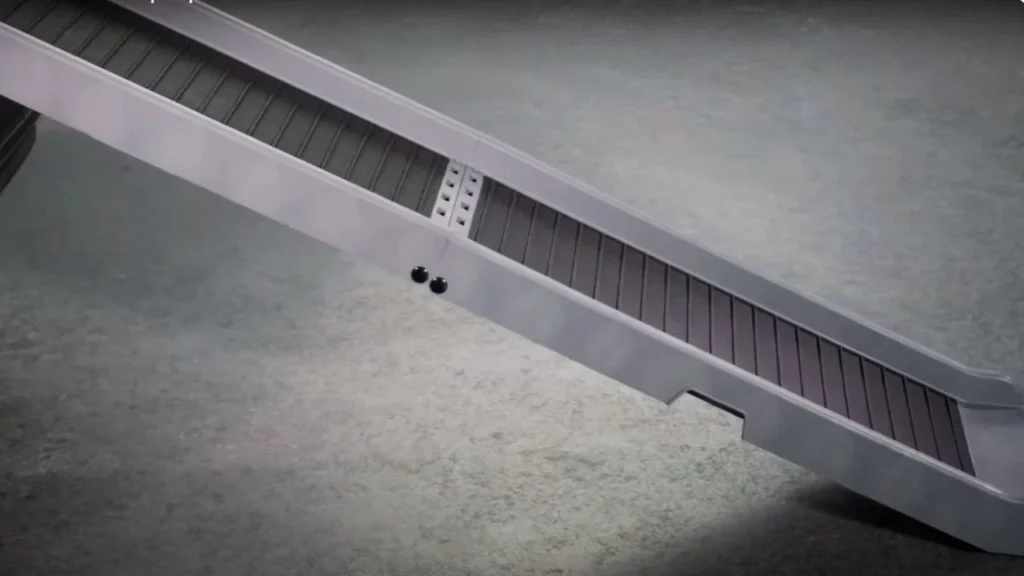
There are several useful tools to help get your dog into a car. Dog ramps and foldable stairs are popular, supporting pets with limited mobility or larger breeds that are difficult to lift. Non-slip surfaces ensure your dog feels secure while climbing.
For additional support, dog harnesses with handles allow you to guide or lift them safely. Slings or lifting aids also work well for senior dogs with joint issues. Always select equipment that suits your dog’s size and needs to make car access easy and stress-free for both of you. Explore advice on how to help dogs with car anxiety for more comfortable travels.
Knowing the Challenges
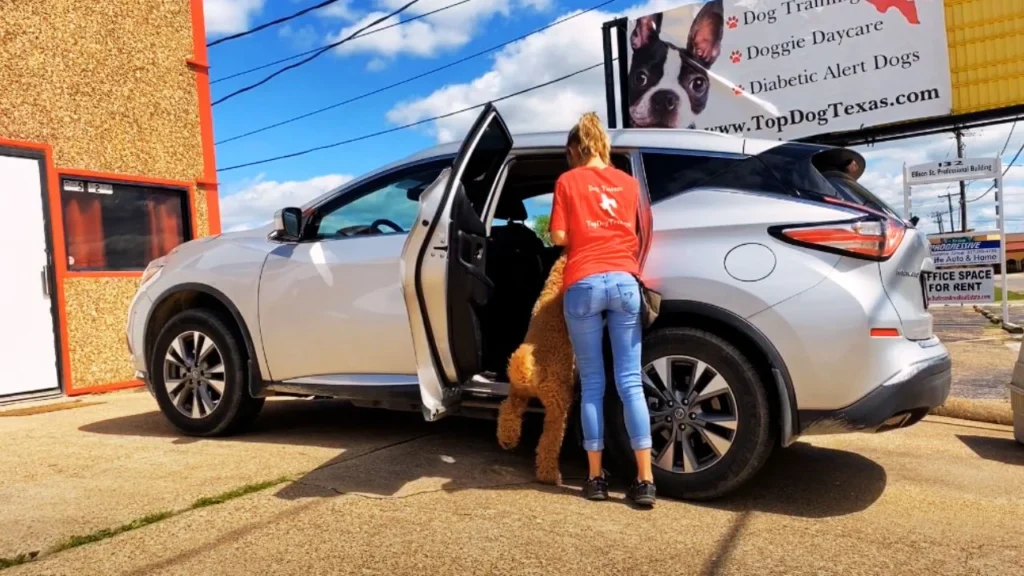
Getting a dog into a car can be more challenging than it seems. From physical limitations to anxiety, understanding these factors helps ensure a smoother, stress-free ride for both you and your furry friend.
Physical Limitations
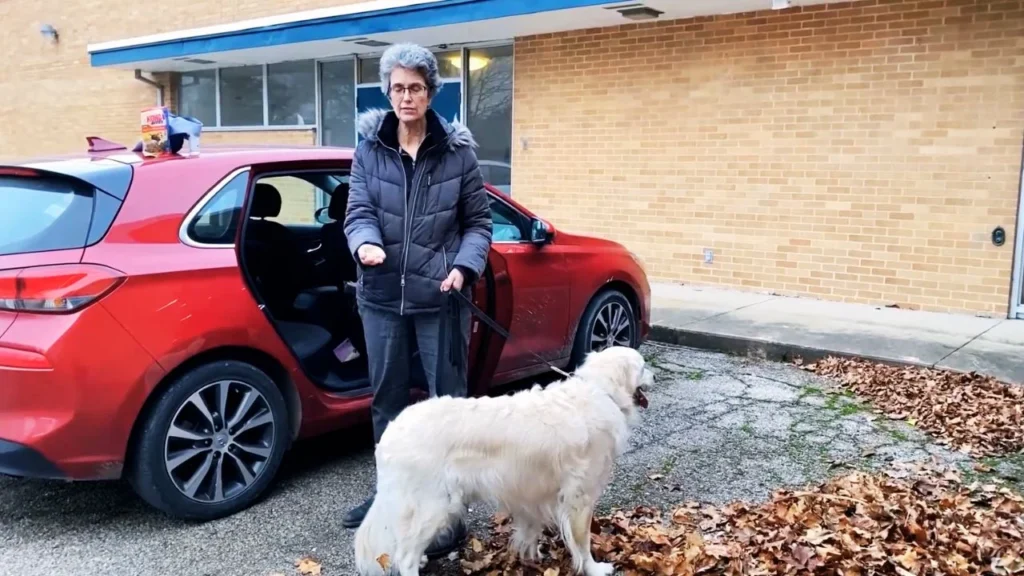
When I first tried getting my older dog into the car, I realized that physical limitations were a huge hurdle. About 20% of dogs over seven years old deal with arthritis, making simple movements painful. It’s essential to know if your dog has any joint issues before planning a trip.
Behavioral Concerns
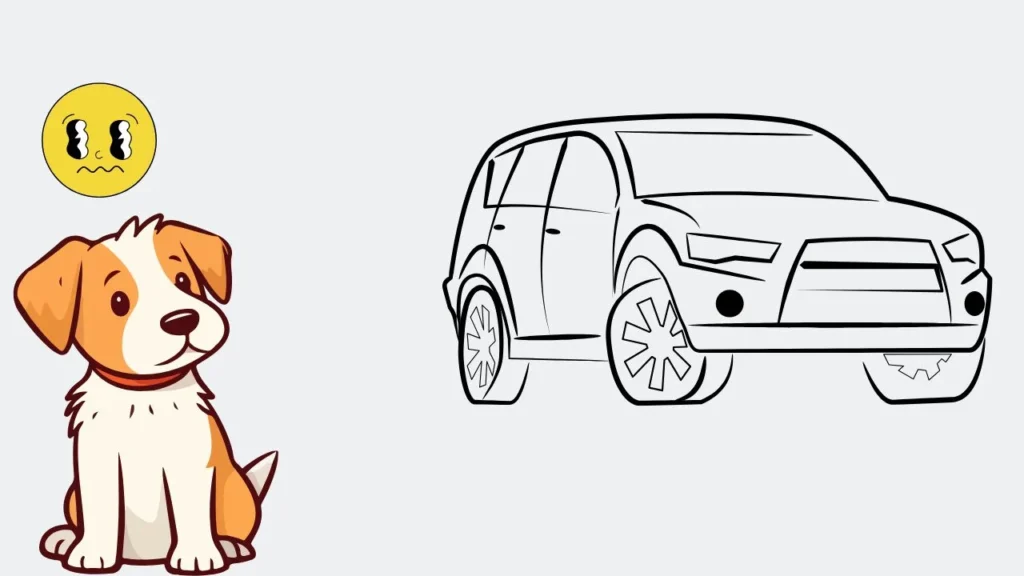
Behavioral concerns can make things tricky too. I once learned that nearly 40% of pet owners report their dogs feeling anxious about car rides. This anxiety often stems from unfamiliar experiences or past unpleasant events. Addressing these fears with gradual exposure can help calm them down.
Size and Weight Factors
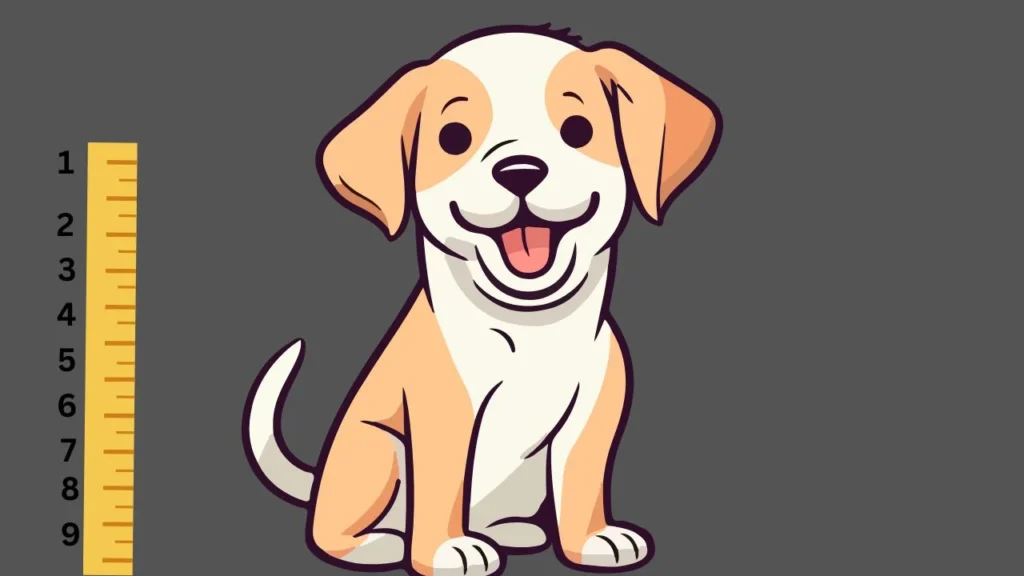
Size and weight are other factors that can’t be ignored. When managing a large breed like a Labrador weighing around 70-80 pounds, lifting becomes a two-person task. Ensuring you’re prepared with the right strategy or gear is crucial for safe and comfortable travel. Find out strategies for how to calm dogs in the car to ensure a stress-free journey.
Preparation Before the Car Ride

Before getting my dog into the car, I make sure to do a quick health check. This is essential, especially if your dog is older or has joint issues. Studies show that nearly 20% of dogs over age 7 suffer from arthritis, which could make car entry painful.
Desensitization is a game changer. I start by letting my dog sniff around the car without pressure—about 5-10 minutes each session. This gentle exposure builds familiarity. Positive reinforcement with treats boosts my dog’s confidence when near the car.
Creating positive associations is key. I sprinkle a few treats inside the car and use verbal praise when my dog approaches or steps in. Short rides, maybe 2-3 miles to the park, help build fun memories linked to the car.
Techniques to Assist Your Dog into the Car
Helping your dog into the car can be made easy with the right techniques. Here are some practical methods to ensure safe and stress-free car entry.
Training Your Dog to Jump In
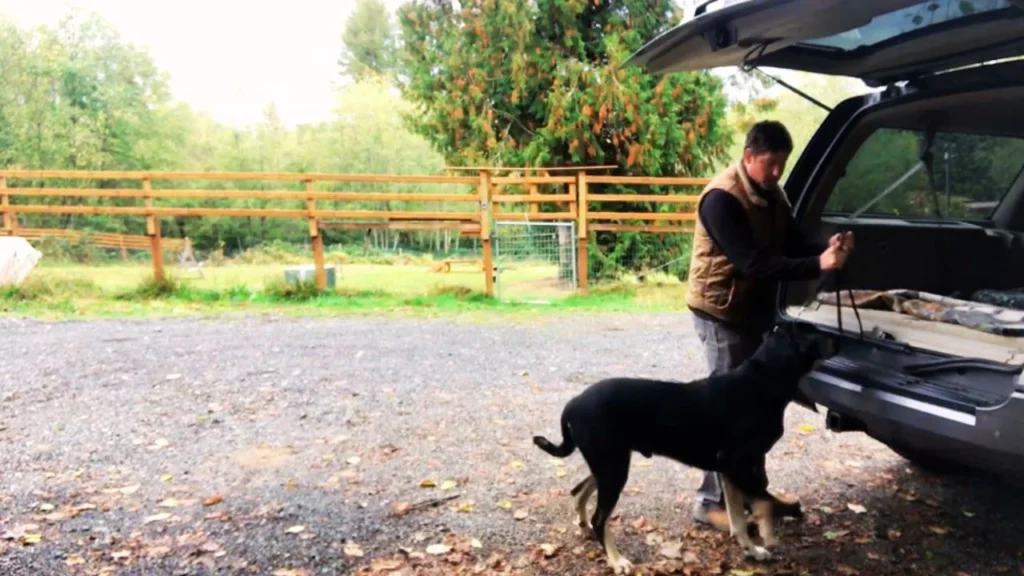
Training your dog to jump into the car can be quite fun. I start by placing treats inside the car, creating a positive incentive. It took me about 3-4 days of practice before my dog began jumping in happily without hesitation.
Lifting Assistance for Your Dog
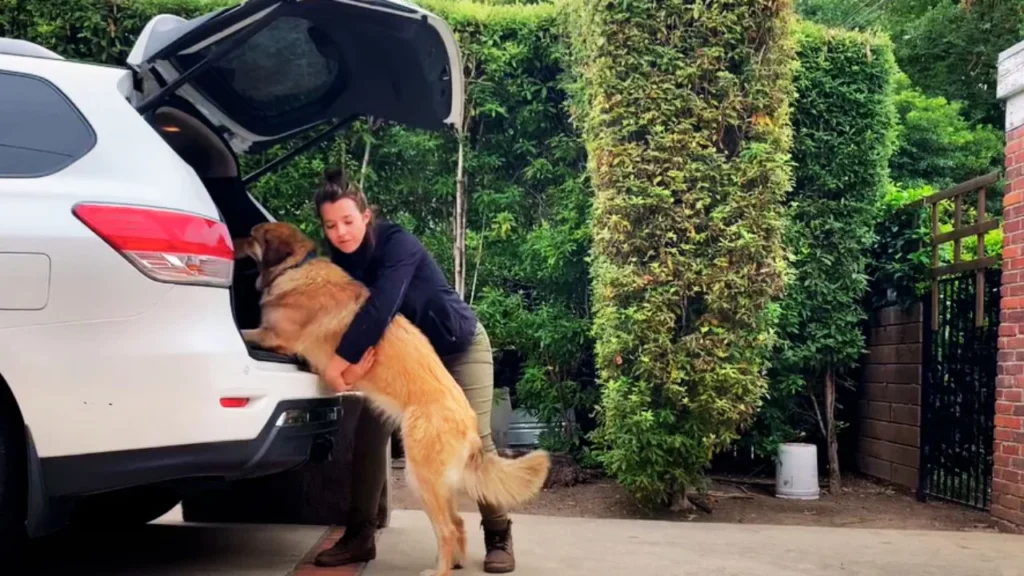
If your dog struggles with jumping, giving a gentle lift can help. For dogs weighing up to 30 pounds, lifting is manageable with one hand supporting the chest and the other under their hind legs. For heavier dogs, lifting with two people can make it safer.
Using Ramps or Stairs
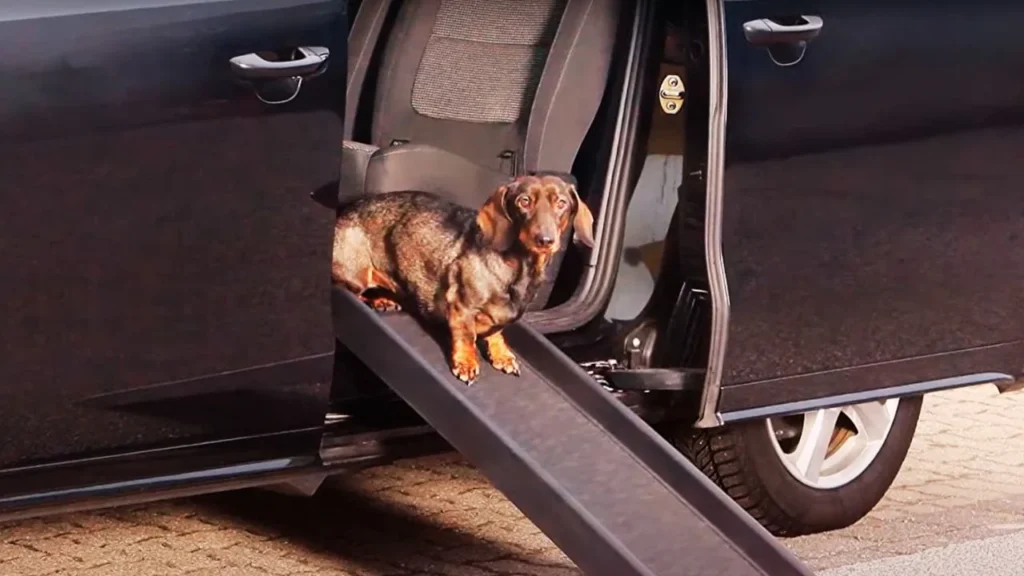
Using a ramp or stairs can be a game changer, especially for older or larger dogs. In fact, ramps can support weights of up to 150 pounds, ensuring your dog can walk into the car comfortably. My Labrador loved the ramp after just a couple of uses.
Harnesses and Slings for Support
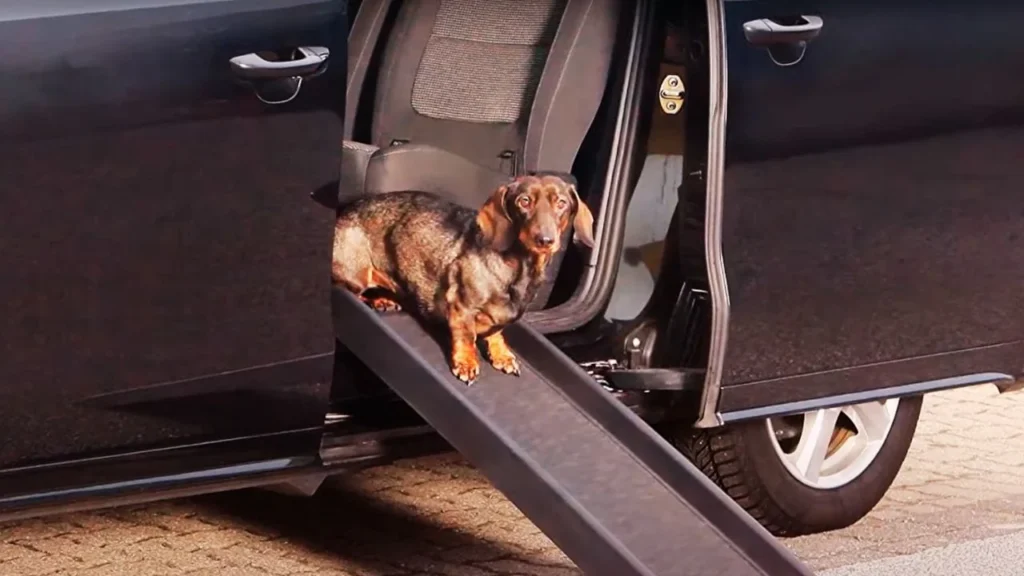
Harnesses and slings provide extra support when lifting. A harness with a handle, costing around $20-40, makes it easier to guide your dog up without straining your back. This is especially useful for pets recovering from injuries or surgeries.
Practice and Consistency
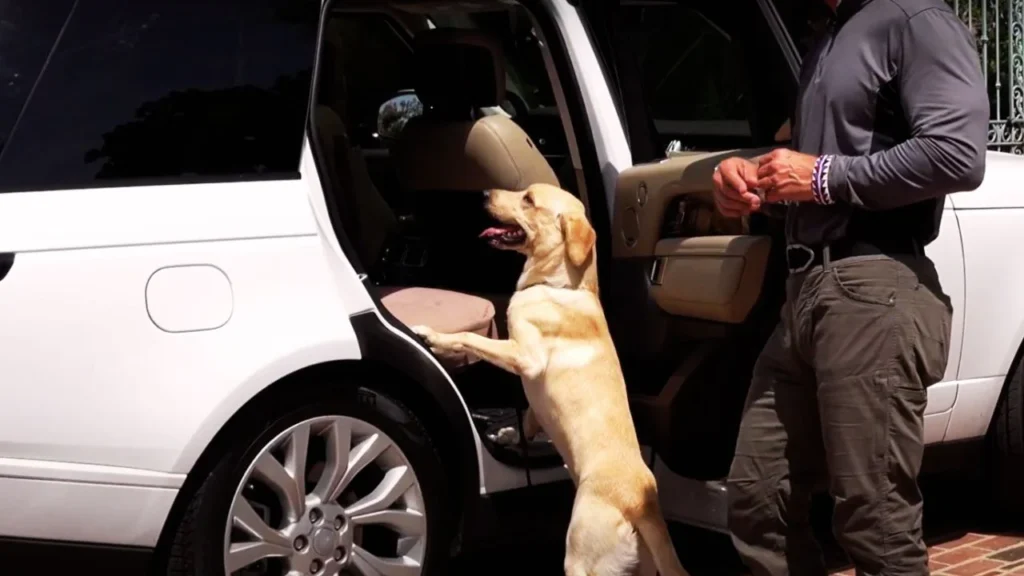
Practice makes perfect, so take time and repeat the process daily for about 10-15 minutes. Remember, patience and consistency are key—soon your dog will hop into the car without hesitation. Discover helpful tips for how to travel with a dog in a car to make your trips enjoyable.
Ensuring Safety During the Ride
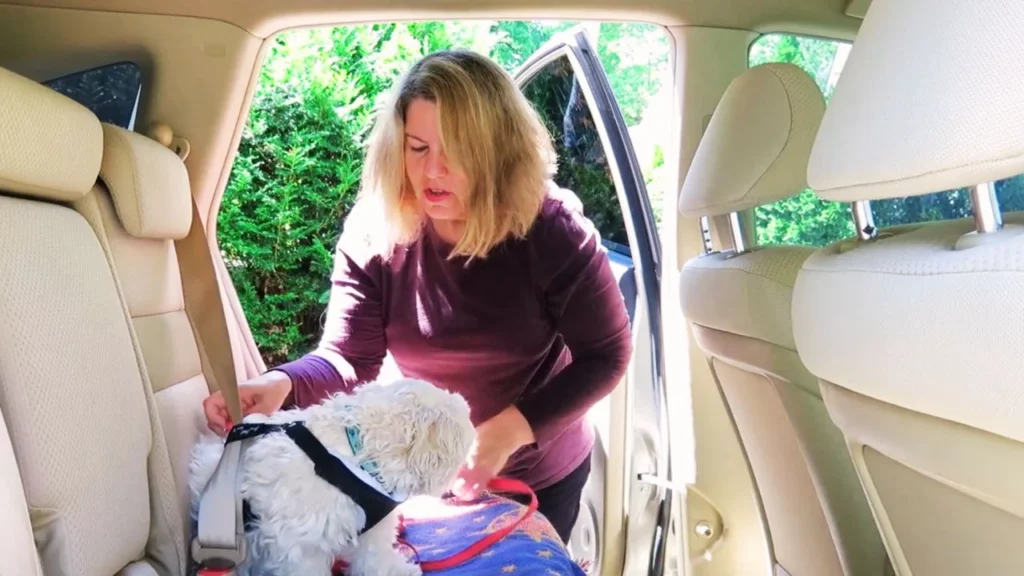
Proper Restraints
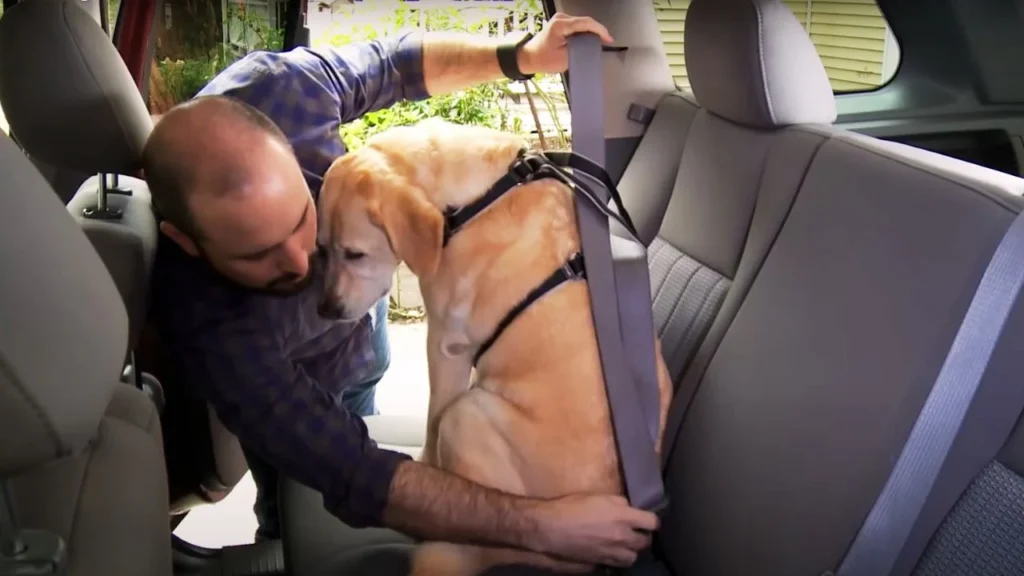
Ensuring your dog’s safety while on the road is crucial. I always recommend using a seat belt harness or a pet carrier; this can reduce accident injuries by up to 80%. It’s a simple step that gives both you and your furry friend peace of mind.
Comfort Measures
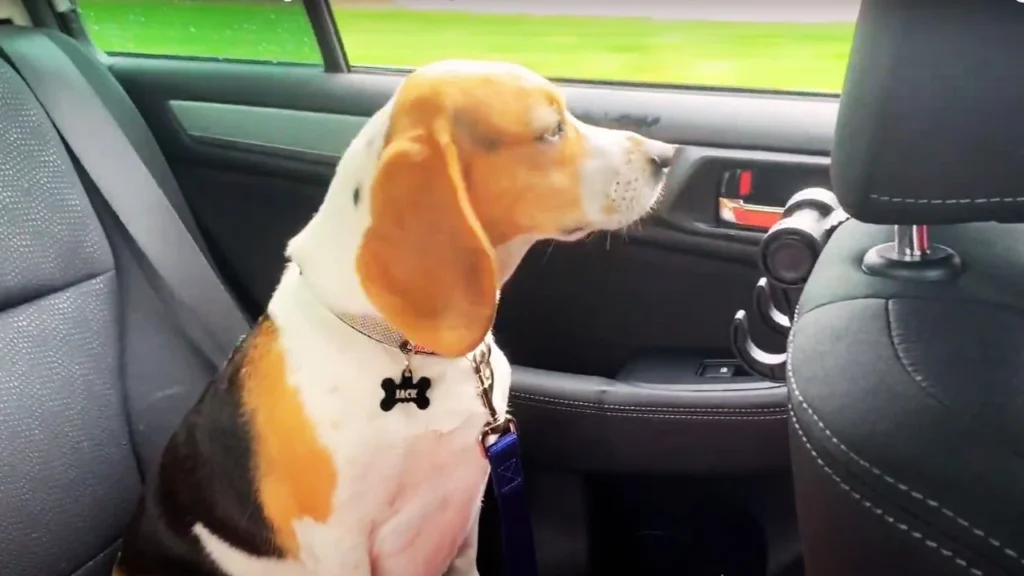
Comfort makes a world of difference during a car ride. Keeping the car at around 72°F (22°C) helps prevent overheating, especially during summer trips. I also like to add familiar bedding and their favorite toy – it instantly makes them feel at home.
Monitoring for Motion Sickness
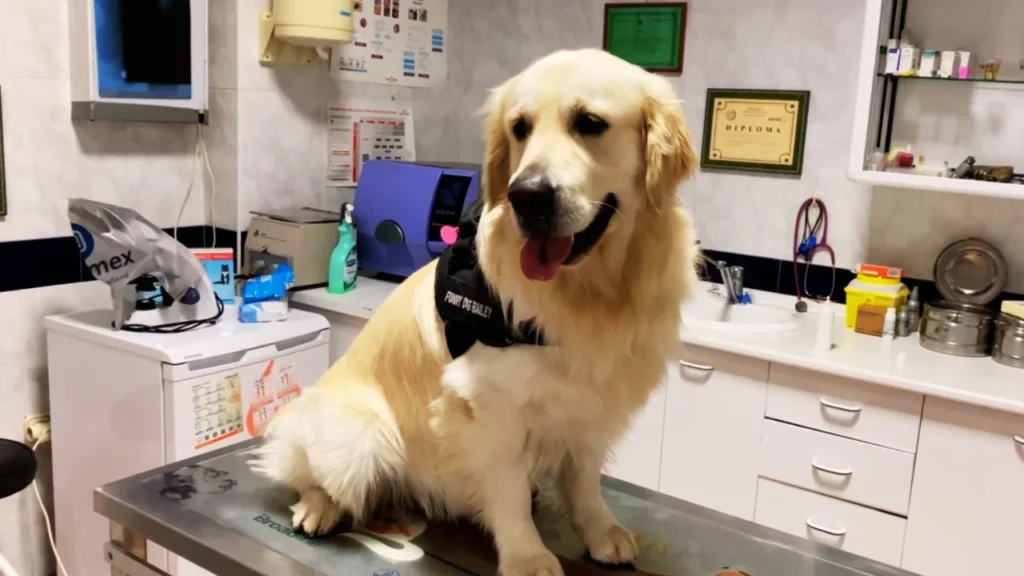
If your dog is prone to motion sickness, watch for signs like excessive drooling or yawning. About 25% of dogs may experience nausea during rides. For this, try shorter trips and consult a vet if symptoms persist; they might suggest safe medications.
Safety measures combined with comfort ensure a stress-free journey for your dog. I always remind myself that these small precautions lead to enjoyable adventures and happy tails! Learn effective methods on how to get rid of dog smell in car for a cleaner interior.
Addressing Specific Issues
Fear of the Car I know firsthand that dealing with a dog afraid of the car can be tough. Studies show that nearly 30% of dogs experience anxiety during car rides. To ease their fear, I like to start with slow, positive exposure. Rewarding them with treats and praises for each small step, like sitting inside the car without moving, helps build comfort.
Behavioral modification strategies can be key here. One simple trick is to play with your dog near the car for 10-15 minutes daily. I noticed that my dog became curious and more relaxed with these mini-sessions. Gradually, they start associating the car with fun instead of fear.
Professional training options are worth considering if these steps don’t work. Trainers often use desensitization methods that cater specifically to your pet’s needs. On average, 1-2 months of training can show significant improvement. Trust me, seeking help isn’t a failure—it’s a smart move for your pet’s comfort.
Physical Disabilities Helping a dog with physical disabilities enter a car requires extra care. Approximately 12 million pets in the U.S. face mobility issues. For my senior dog, a dog ramp became a lifesaver. It allowed them to step into the car with ease and minimized any strain. Look for ramps that support weights of at least 150 pounds for large breeds.
Customized equipment is also essential for pets with unique needs. Slings can support their back legs, offering stability as they move. I found that using a harness specifically designed for lifting made a huge difference when supporting my dog’s spine during entry.
Reluctance After Negative Experiences It’s frustrating when a dog refuses the car due to a past bad experience. Statistics show that dogs remember negative events vividly, which can last for years. To counter this, I focused on small, positive interactions. Simple activities like sitting in the car with the engine off while feeding treats helped my dog regain trust.
Rebuilding trust isn’t an overnight process. Consistency matters—try spending at least 20 minutes, three times a week, inside the car without driving. You’ll see gradual progress. Your patience and positive reinforcement are what make the biggest impact.
Wrap Up
I know firsthand how challenging it can be figuring out how to get a dog into a car. With patience and these practical steps, you’ll make every ride easier.
Over 40% of dog owners face this struggle, so you’re not alone. Remember to stay positive, use treats, and invest in ramps if needed. If your pup’s reluctance persists, don’t hesitate to consult a vet or trainer. We’ve got this – happy travels with your furry friend!
FAQs
What can I do if my dog is too anxious or scared to approach the car?
If your dog is anxious about approaching the car, start by creating a positive association with it. Gradually let your dog sniff around the car while rewarding them with treats and praise. Keep the doors open and let them explore without pressure.
Practice short sessions over several days and never force them in. Using toys or favorite treats inside the car can encourage them further. Calming aids like pheromone sprays or anxiety wraps can also help. Consistency and patience are key to reducing fear and building a positive experience for your dog.
How do I lift a large or heavy dog into the car without hurting myself or the dog?
To lift a large or heavy dog safely, bend your knees and use your legs to lift instead of your back to avoid injury. If the dog is cooperative, wrap one arm under the chest and the other behind the back legs for support.
For larger dogs, consider using a two-person lift for stability. Specialized harnesses with handles can make lifting easier. Always remain calm and avoid sudden movements that could startle the dog. Practice lifting techniques beforehand to ensure comfort for both you and your dog during travel.

